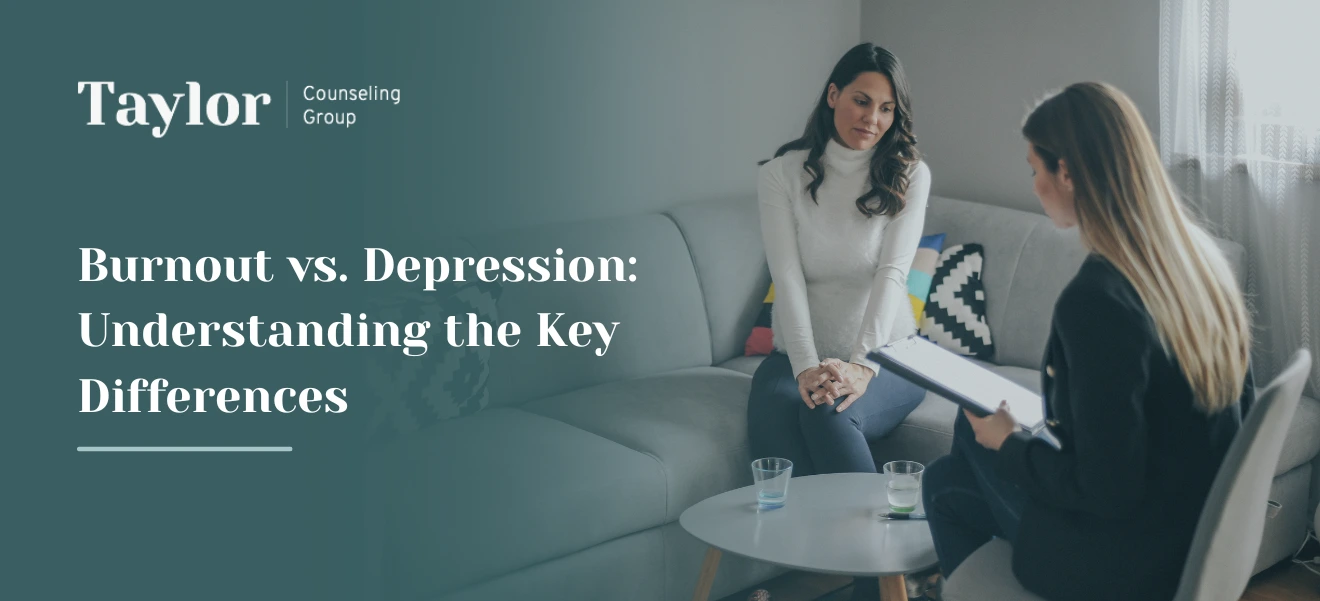More often than not people are weary of taking medication for psychiatric needs but have no problem taking medication for physical pain or discomfort. Why is this? Most concerns typically stem from either fear of stigma, dependence, side affects or no noticeable change. While these are all understandable concerns, research continues to prove that medication can be a beneficial component to any treatment plan.
Depression and anxiety can lead to a chemical imbalance in the brain after just 8 weeks. At what point should medication be considered? The most obvious answer is when safety is a concern, but that is not typically the case when clients begin therapy. There is no “one size fits all” answer as each person’s chemistry, skills and environment is different. If reports of unbearable physical symptoms are present and consistent, speaking with a primary care physician or psychiatrist about a psychopharmacological drug prescription is wise. The medicine, typically antidepressant or mood stabilizer will balance brain chemistry to alleviate or eliminate physical symptoms. This allows clients’ efforts in changing lifestyle, habits and thinking to be more effective in long-term recovery.
The National Health Institute reports that only about 60 percent of people on antidepressants note a significant change in feeling proving the benefit of additional behavioral work in overcoming depression and anxiety. Crutches and braces do not fix a broken leg, but they do alleviate the pain while the body recovers. If you find your “crutch” of medication is not cutting it, consider therapy, as it may be the most effective step in your journey to recovery.






